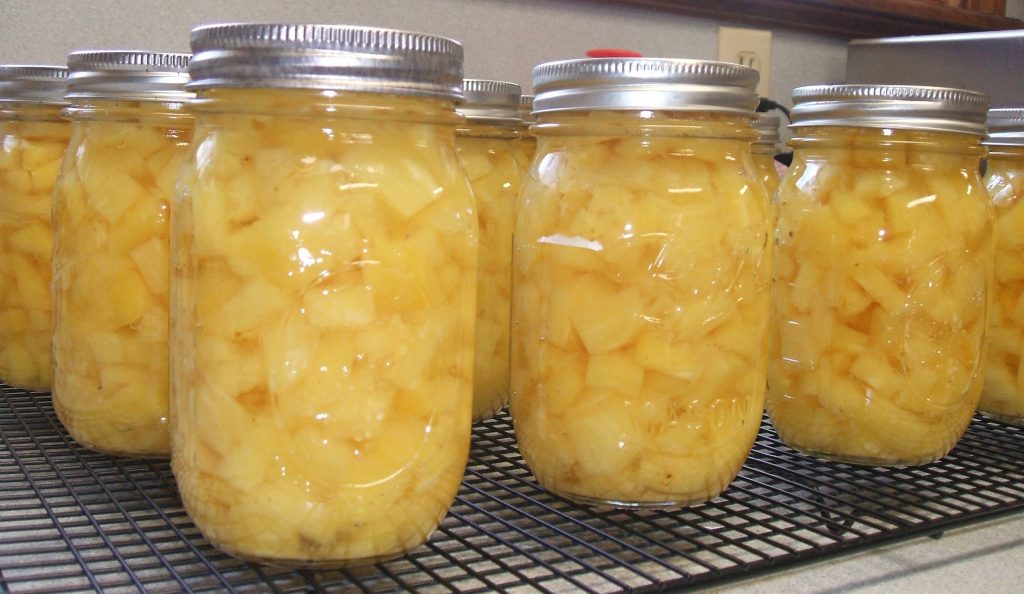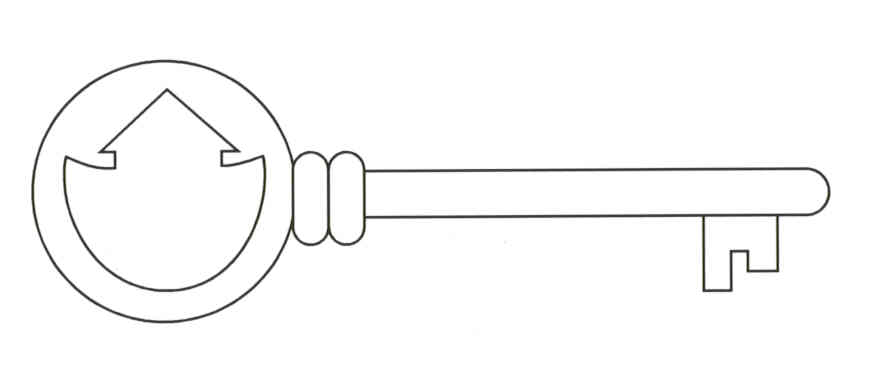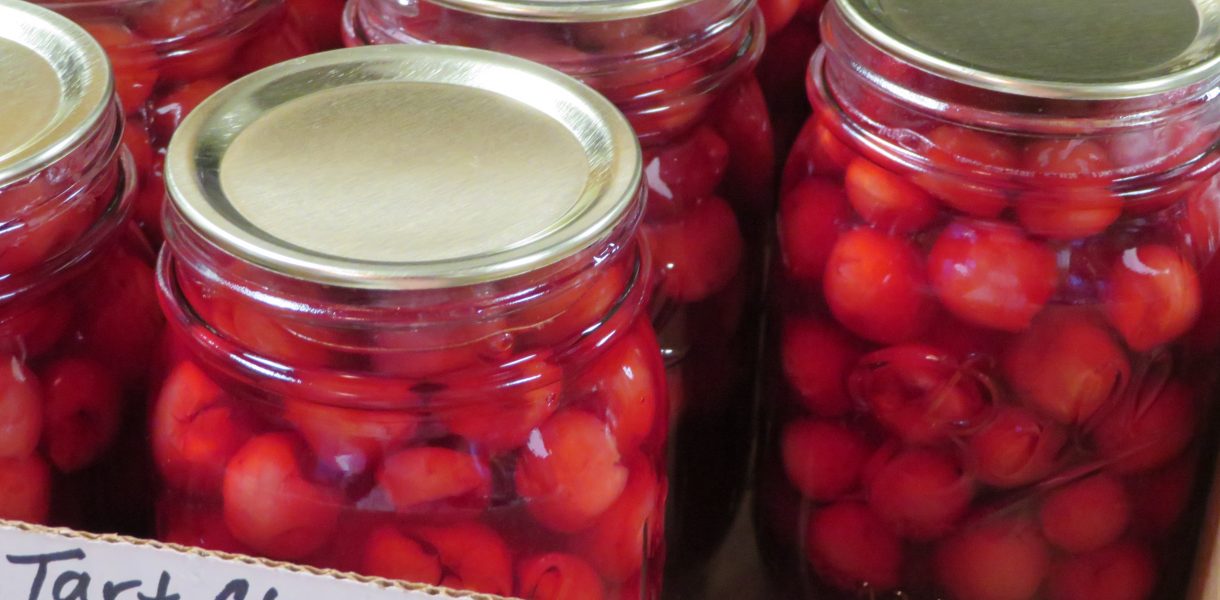Preserving fruit with a boiling water bath canner can use large amounts of water. Not only is the canner large but you need water for blanching and cooling when peeling stone fruit and tomatoes. You need water to make the syrup. You may use a sink of hot water to keep your jars warm. If you warm your lids, you need more water. Canning fruit and tomatoes can take an awful lot of water! So what do you do if you have water restrictions or a limited supply? Here are some ideas.
Wash fruit in a bowl instead of under running water.
Keep using blanching water and cooling water as long as you can before replacing it with clean water. Then find a way to recycle the used water.
Can in juice instead of making a syrup.
If you can time it right, wash your jars in the dishwasher and keep them warm, too, until they are needed.
If the water is clean after canning and you will be canning again soon, save it in the covered canner. Otherwise, use the water for watering plants or flushing, or use the heated water for washing dishes. Whatever you do, recycle.
Use a steam canner, using approved instructions and an approved steam canner.
Use a pressure canner to can applesauce, apples, berries, cherries, fruit purees, grapefruit, oranges, peaches, apricots, nectarines, pears, plums, and rhubarb. See page 49 in So Easy to Preserve or pages 2-31 and 2-32 in the USDA Complete Guide to Home Canning or check canning instructions for each fruit on the National Center for Home Food Preservation website.
If extreme water conservation measures are in place, dehydrate or freeze instead of canning.


